Classical Weimar
World Heritage
Germany
🎧 Listen to Introduction
In the late 18th and early 19th centuries, the Thuringian town of Weimar experienced a cultural boom, attracting many writers and scholars, most notably Goethe and Schiller. The high quality of the many buildings and parks in the surrounding area reflects this development.
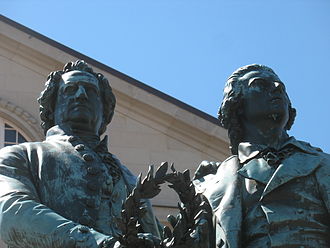
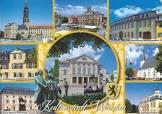
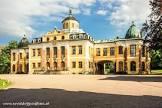

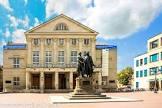
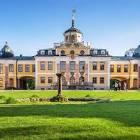
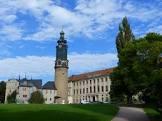
.JPG)
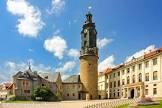
Poem of the heritage generated by AI
Intangible culture related to the heritage
China tourist attractions related to the heritage
World heritage related to the heritage
Show more related heritage
Information extracted from Wikidata
| country | Germany |
| image | http://commons.wikimedia.org/wiki/Special:FilePath/Weimarschloss.jpg |
| instance of | architectural ensemble |
| executive body | Classical Weimar (World Heritage Site) |
| office held by head of the organization | http://g.co/kg/m/0g9xn0c |
| Commons category | Classical Weimar (World Heritage Site) |
| has part | Tiefurt House |
| has part | Monteviale |
| has part | Goethe House |
| has part | Duchess Anna Amalia Library |
| has part | Park an der Ilm |
| has part | Ettersburg Castle and Park |
| coordinate location | Point(11.31666667 50.98333333) |
| World Heritage criteria | World Heritage selection criterion (vi) |
| start time | 1998-01-01T00:00:00Z |
| official name | Classical Weimar |